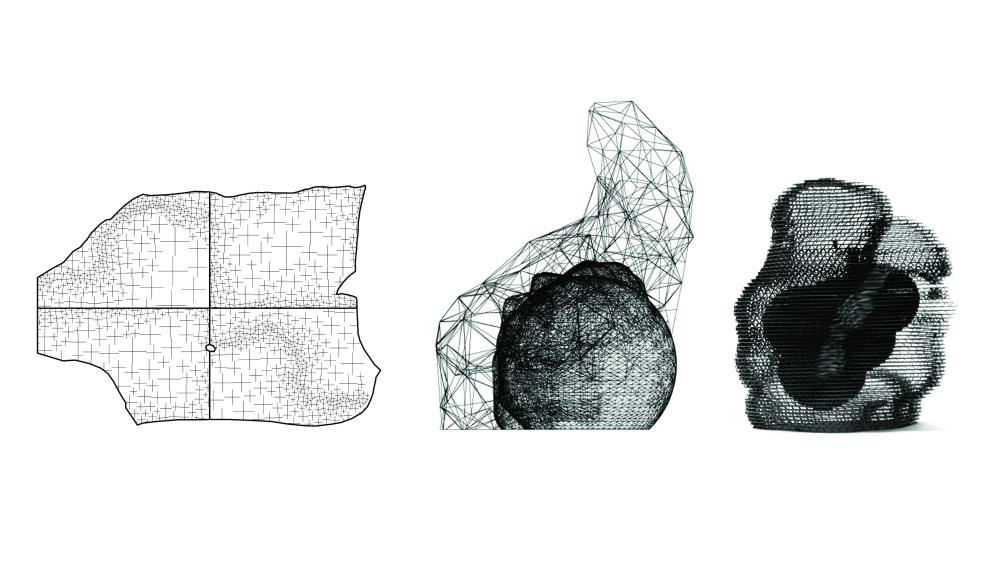Ambiguous Objects

AMBIGUOUS OBJECTS
Assistant Professor Igor Siddiqui
Prototype seminar, Spring 2014
Prototypes occupy a particular status among objects. Like design models, prototypes exist in relation to other objects as their precursors. Yet unlike models, prototypes are not representational. Their presence, however temporary, is that of “the thing itself,” capturing, testing and otherwise revealing realities of form, material, process, use and perception. The ability of prototypes to consider some aspects of design and not others makes them simultaneously specific and vague. Prototypes are always made to be useful, but how one defines that use is open-ended. Even as imperfect byproducts of design research and development, some prototypes become valued cultural artifacts that are exhibited and collected. As such, prototypes blur distinctions between process and product, waste and value, design and art.
In framing the status of prototypes as ambiguous objects, we hope to open up the possibility of formulating new questions about design, especially in relation to innovations in computation, fabrication and materials research. Such innovations have over the past decade been intensely motivated by the question “how,” yielding significant advances in technique-based approaches to design. Intensive, making-oriented research – such as the student work for the Prototype seminar, now in its fourth year – is inevitably preoccupied by how things work and how things are done. Considering the objects in the exhibition as true prototypes means accepting that they will continue to evolve. As they do so, the projects will gain further resolution as they consider new questions – who, when, what and why?
Igor Siddiqui
Work from: Shruti Altekar, Samantha Anderson, Ethan Bennett, Shelby Blessing, Jorge Faz, Katherine Guenthner, Jackie Hensy, Marianne Nepsund, Annie Palone, Ryan Rasmussen, Jianzhuo Song, Siwen Wang
Also featured: The MDS work of Masters of Interior Design student, Tamara Kinney
University Co-op Materials Lab>>

